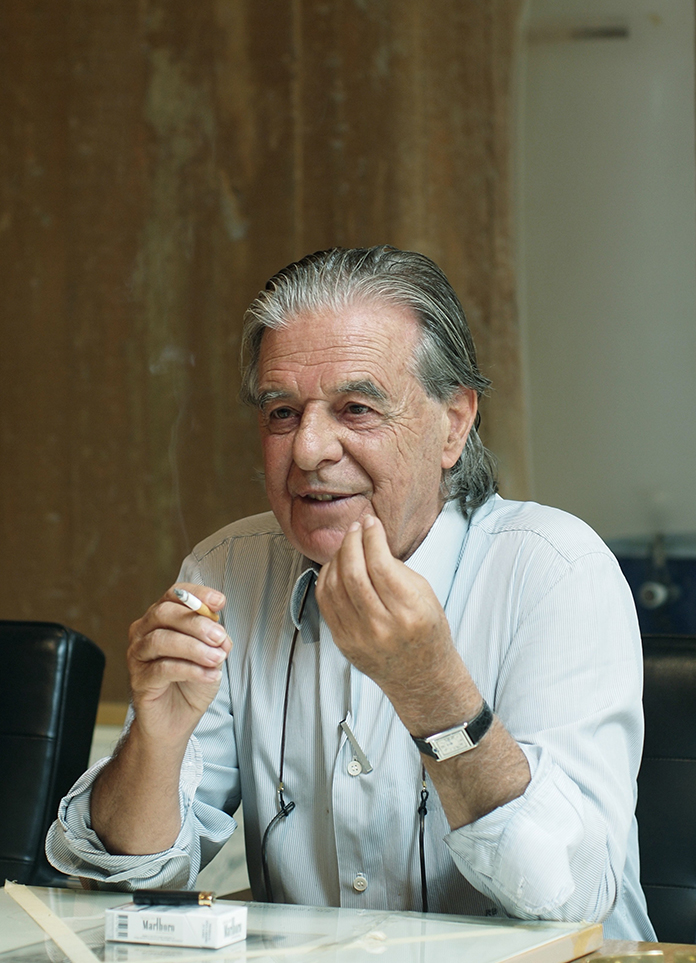As the boundary between living and working continues to blur, the notion of “home” evolves beyond a static dwelling—it becomes a multidimensional field that accommodates daily life, contemplation, and creation. This project, conceived as the designer’s own residence, takes “dynamic growth” as its central concept. Within a limited scale, it explores the potential for spatial hybridity and the integration of nature. It is not merely a place to live, but a living organism that evolves over time. Half of the artworks adorning the walls are the owner’s own photographs—personal visions and memories woven into the texture and emotion of the space.
The project adopts a methodological approach of “dynamic growth.” The home is not seen as a one-time finished product, but as a sustainably evolving system.A clear spatial framework and material logic form an open container in which life trajectories, furniture updates, plant growth, and the rotation of photographic artworks collectively infuse the space with ongoing vitality.
Three principles underpin the design: Restraint and openness — Reducing excessive decoration to let light, air, and materials shape the atmosphere. Hybrid functions — Assigning multiple roles to limited space, responding to diverse scenarios of living. Nature as interface — Through terraces, greenery, and photographic records of nature, the design establishes layered interfaces with the natural world, imbuing the home with a sense of time and respiration.
































